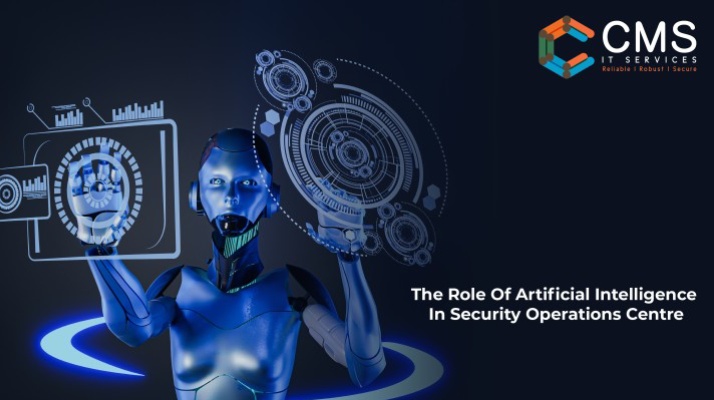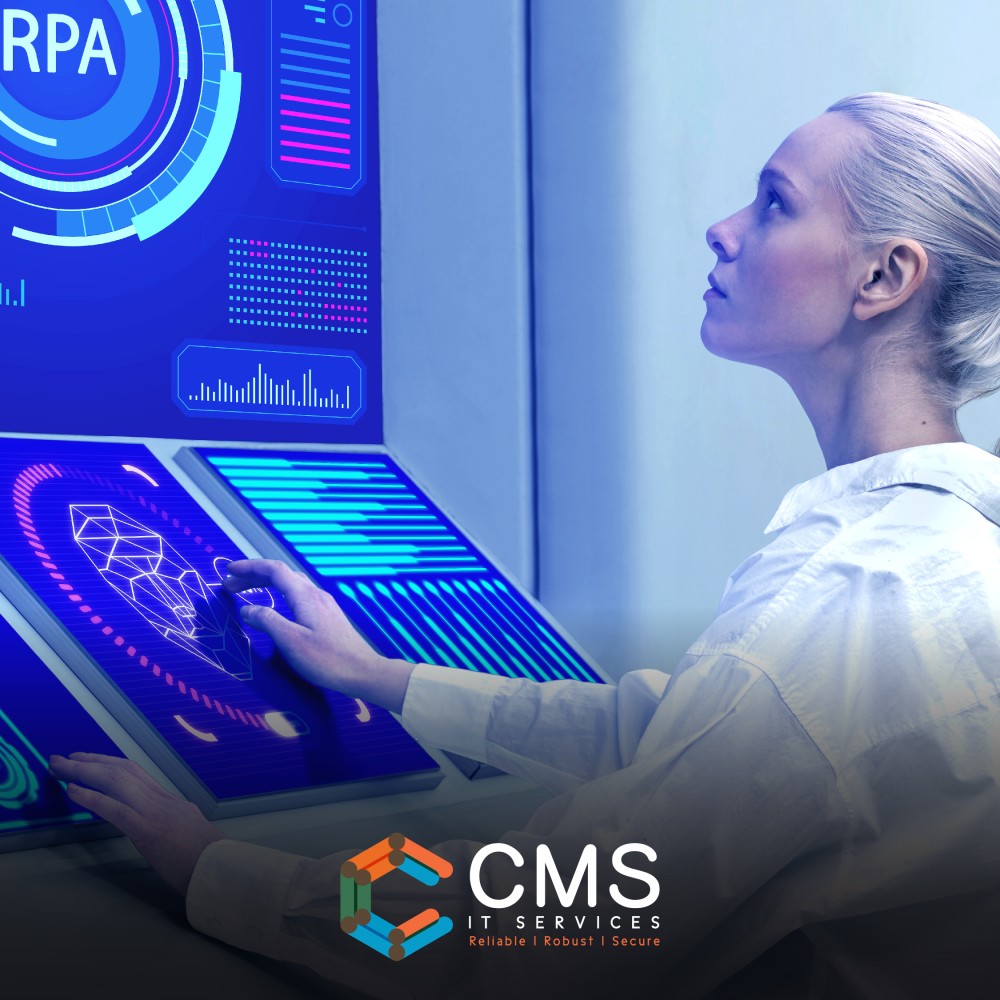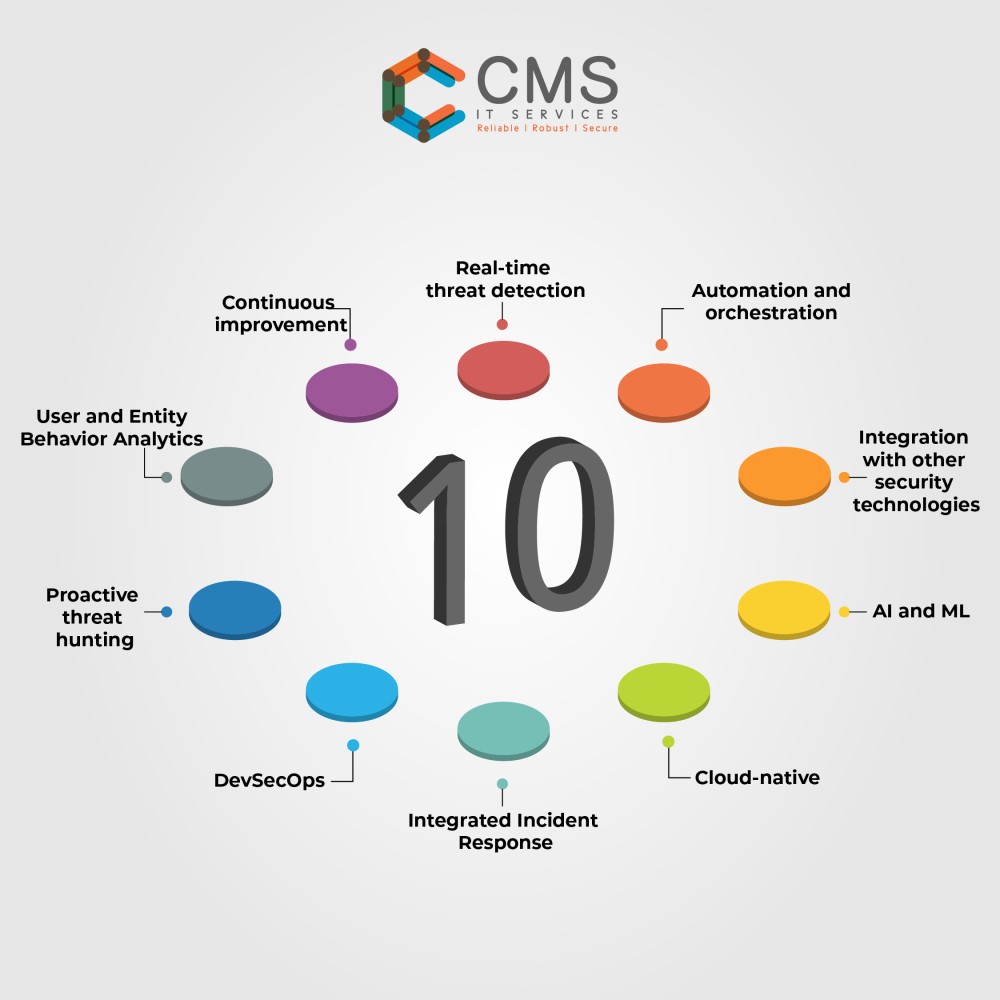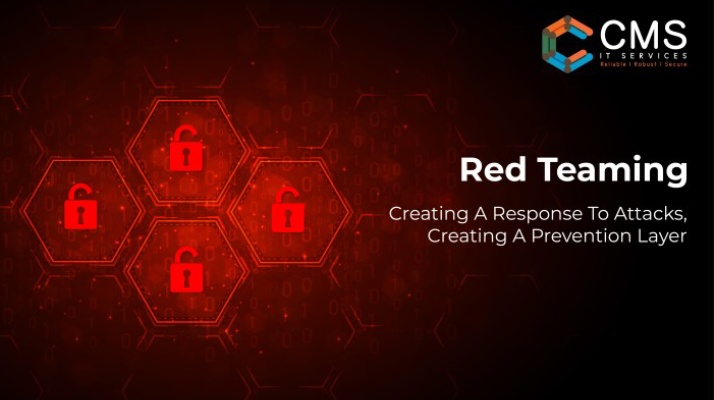Managed IT services prove significantly helpful for companies with an extensive IT setup and a complex IT environment spread across multiple geographies. While reducing costs, they can help streamline IT operations and help companies achieve IT excellence. But over the years, managed IT services have evolved, embracing automation.
So, how do automation-enabled managed IT services benefit companies? CMS IT Services, one of the leading names in IT process automation and business process automation solutions, explores five advantages.
IT Process Automation – What is it?
As the name suggests, IT process automation involves automating IT-related operations to address a particular business situation or operational need. Automated IT-managed services enable companies to streamline workflows, expedite processes, reduce manual tasks, and eliminate delays that cost companies time and money.
5 Benefits of Automation-Enabled Managed IT Services
From pecuniary advantages to increased productivity, automation-enabled managed IT services, when leveraged appropriately through an IT and business process automation company, can benefit in the following ways.
- Lowered IT Costs
Automation in managed IT services can help companies do more in lesser effort and time. Thus, it helps them deliver better value to their clients. Additionally, companies do not have to employ professionals to manage their IT environment. Automation handles many routine tasks, thus enabling companies to save a lot of costs otherwise spent in nurturing full-time or contractual resources.
- Increased Productivity
Increased productivity is one of the most significant and earliest advantages of IT process automation. Automation expedites many tasks, which can take time when handled manually. Besides, when many tasks are automated, companies can have their professionals and experts focus on the more strategic aspects of IT and add more value to the vertical through better and more specific strategies.
- Reduced Human Error Risk
To error is human. Often, manually handled tasks result in errors, which cost companies time and money. But IT or business process automation is programmed to perform tasks based on agreed workflows that lead to the optimal value for the company. Thus, the chances of errors are almost eliminated from the system.
- Better Control over IT Operations
It is a myth that automation takes over the control of your IT department and leaves you with little or no control over operations. On the contrary, automation operates the way you want it to. You can add human checkpoints across various workflow points if you want to while automating your IT processes. You can receive valuable insights across these checkpoints, thus paving the way to making more informed decisions. Thus, while automating processes, you can exercise complete control and reap the expected results.
- Improved Proactivity
Proactivity holds immense value in the contemporary context, where potential down waves could hurt your environment. Automation fosters proactivity, which in turn helps companies prepare for unforeseen situations serious enough to cause severe damage. Instances like outages, staff changes, etc., can be correctly addressed through service automation. Although you cannot rule out situations like outages or breakdowns, automation helps you prepare for and prevent them significantly.
Partner with CMS IT Services should you be looking for custom IT process automation or business process automation solutions. Our unparalleled expertise and extensive experience in IT managed service help you leverage factors like automation optimally. We review your needs carefully and invest considerable thought, time, and effort in crafting IT or business process automation solutions specific to your needs.
Please email us at inquiry@cmsitservices.com to learn more about our IT process automation and business process automation solutions.








